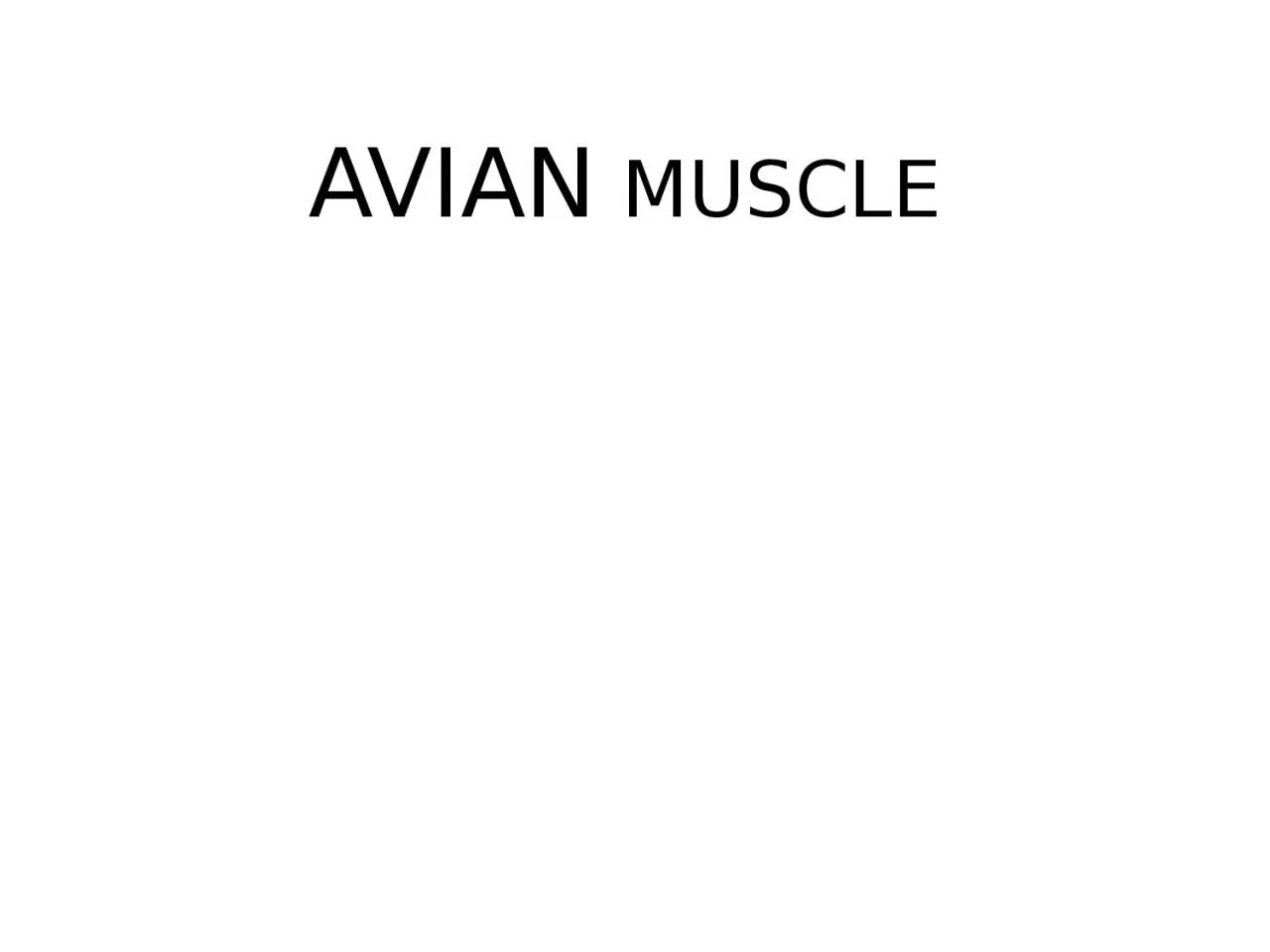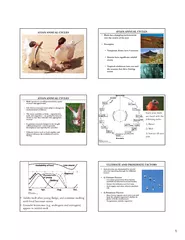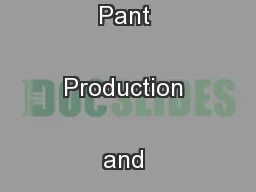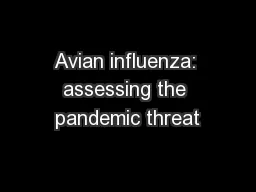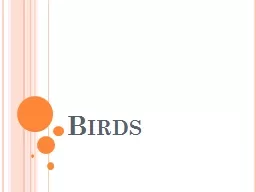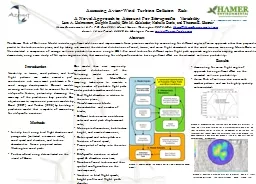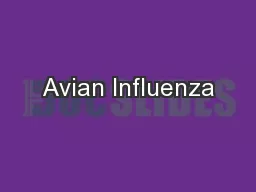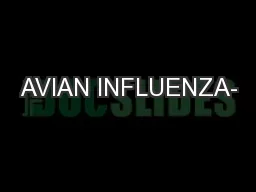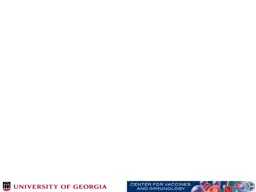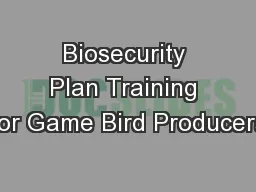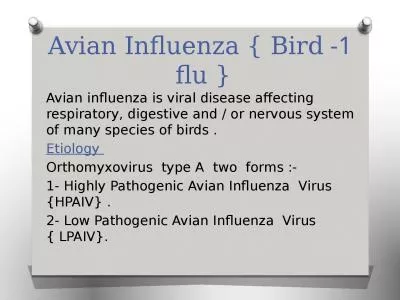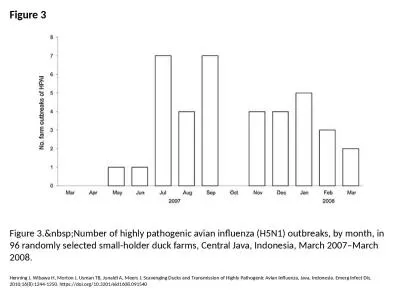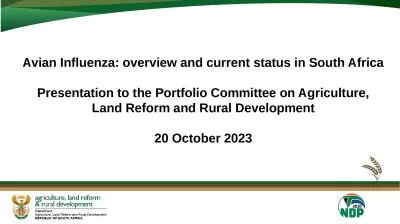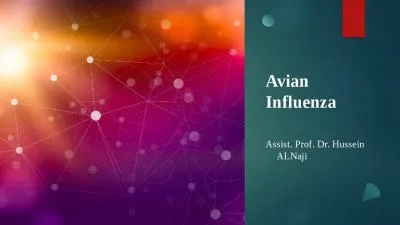PPT-AVIAN MUSCLE INTRODUCTION
Author : nicole | Published Date : 2023-10-27
Most birds have approximately 175 different muscles mainly controlling the wings skin and legs The largest muscles in the bird are the pectorals or the breast
Presentation Embed Code
Download Presentation
Download Presentation The PPT/PDF document "AVIAN MUSCLE INTRODUCTION" is the property of its rightful owner. Permission is granted to download and print the materials on this website for personal, non-commercial use only, and to display it on your personal computer provided you do not modify the materials and that you retain all copyright notices contained in the materials. By downloading content from our website, you accept the terms of this agreement.
AVIAN MUSCLE INTRODUCTION: Transcript
Download Rules Of Document
"AVIAN MUSCLE INTRODUCTION"The content belongs to its owner. You may download and print it for personal use, without modification, and keep all copyright notices. By downloading, you agree to these terms.
Related Documents

